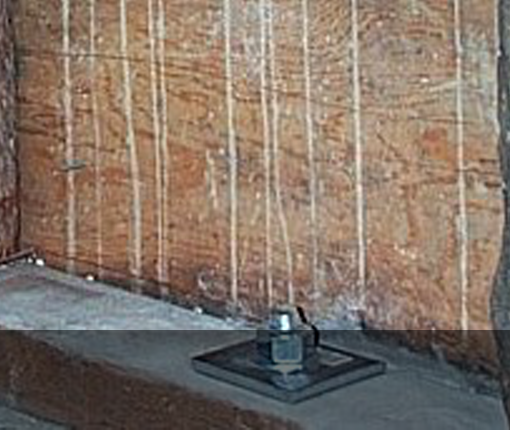
This is in the form of a channel having opposed wall members that are connected by a bottom channel surface. The flange receipt channel of the clip house structure defines a second recessed portion of the clip house engagement surface.

The attachment structure of the clip house includes a generally planar engagement surface and a first recess portion of that surface which defines a reception area for secure reception of at least a portion of the clip body therein. The clip house is usually integrally molded with the automotive trim member and is spaced from the back side surface of the part. At the remote or distal end of the leg, a flange member is provided and is adapted to fit snugly within a flange member receiving channel that is formed in the clip house. This provides secure engagement of the automotive mounting surface to the clip.Īt least one leg member is provided on the clip and projects from the base. A gap is provided between the top of the base and the raised surface portion, and this gap is adapted to receive the mounting surface of the automotive structure, such as a sheet metal surface or the like. Opposing sides of the male member include a raised curved surface portion. The clip member is in most cases preferably an integrally molded piece and further includes a male member that projects upwardly from the base. The clip comprises a base normally composed of a thermoplastic or thermoset resin material. The combination of clip and clip housing allows for easy and secure attachment of the trim part to the associated automotive structure and, quite importantly, the combination allows for easy removal of the automotive trim part from the mounting surface. The present invention provides a clip and clip house member that cooperate in combination to securely attach an automotive trim part such as a rocker panel, chin molding, or the like to an automotive mounting surface such as a frame member, sheet metal panel, or other automotive mounting structure.

Thus, either the removal of the trim part is difficult, or the clip breaks, or is distorted. Alternatively, the clips may become distorted during the trim part removal such that the clip does not attach the trim part as securely to the vehicle after the body work, or other desired modification, has been performed. As a result, replacement clips are required. Sometimes the clips may break when trim parts are attempted to be removed from the vehicle as a result of the pressure applied to the clip during removal. For example, where body work after initial assembly is required on a vehicle due to accidents, or other desired modifications to the vehicle, some of the clips and associated clip housings may not permit easy removal of the trim part from the frame or other mounting structure. Some of these clips, however, pose problems in removal of the trim part from the vehicle after the trim part has been secured to the vehicle. Several types of vehicular body or trim clips are known. The clips are mounted to the corresponding clip housing for easy removal and reattachment to a vehicle, such as an automobile, boat, snowmobile, or the like. This invention relates to clips and clip houses that are used to attach a vehicular trim part to a frame or other mounting surface. This application claims the priority benefit of U.S. Slide guide channels may be provided to help align the first and second legs of the clip for easier insertion or removal of the trim part from the clip.

The first and second legs of the clip are thus slid over portions of the clip housing to seat the flanges of the first and second legs in their respective flange receipt channels. A corresponding clip housing attached to a trim part is provided with flange receipt channels that receive the flanges of the first and second legs to secure the trim part to the clip. The clip comprises a base, whereby a male member projects perpendicularly from the base on one side of the base substantially from a leg member of the base, first and second legs project from a cross-member substantially in the same plane as the base, the first and second legs projecting from the cross-member on opposite ends of the cross-member, and attachment flanges at the outermost ends of each of the first and second legs. A clip with dual attachment flanges that is easily attachable, removable and re-attachable to and from a vehicle, such as an automobile, boat, snowmobile, or other similar structure.


 0 kommentar(er)
0 kommentar(er)
